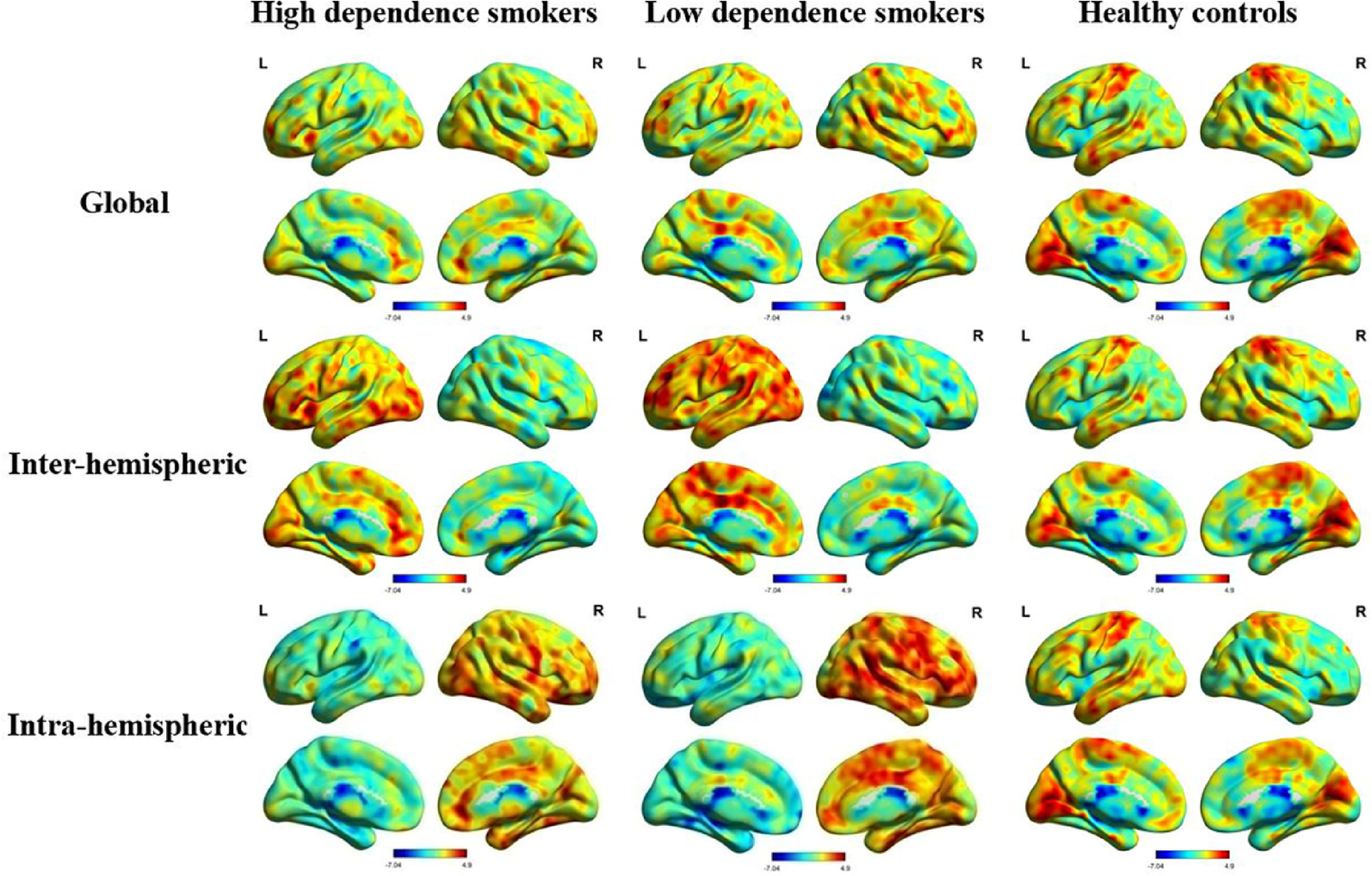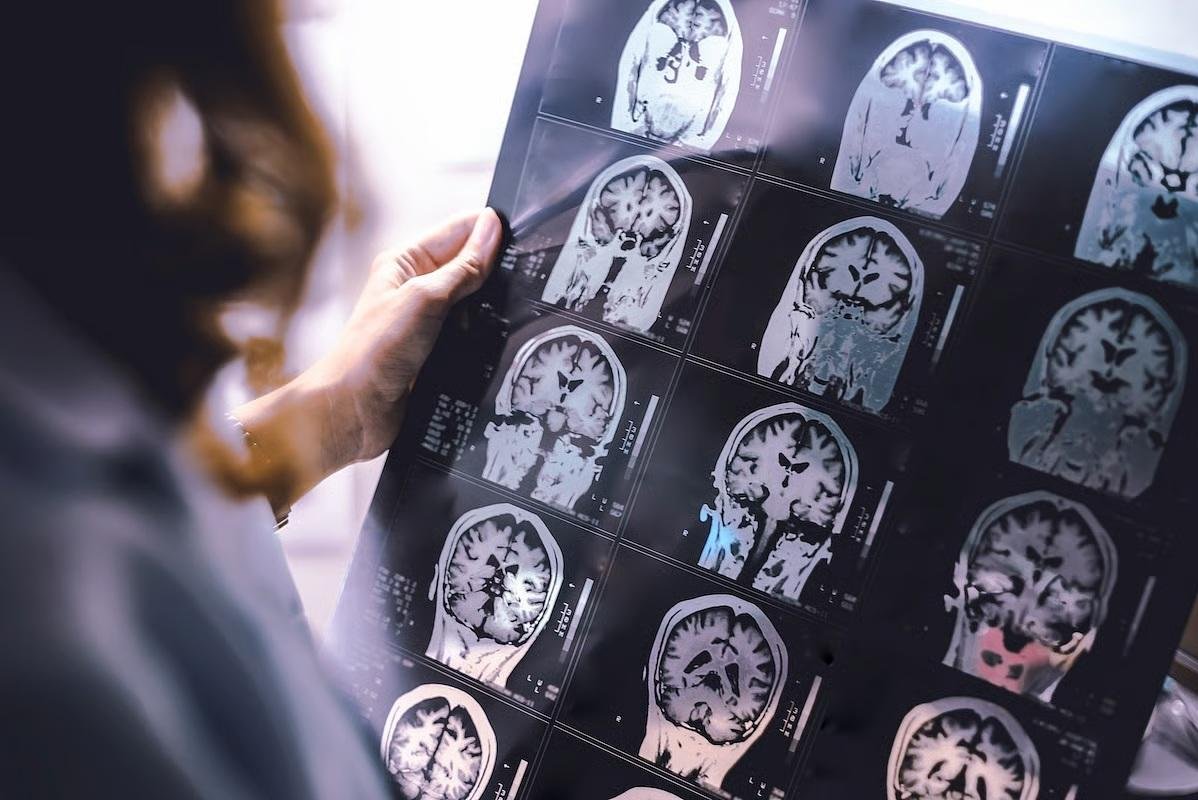Corley J, Cox SR, Harris SE, Hernandez MV, Maniega SM, Bastin ME, Wardlaw JM, Starr JM, Marioni RE, Deary IJ. Epigenetic signatures of smoking associate with cognitive function, brain structure, and mental and physical health outcomes in the Lothian birth cohort 1936. Transl Psychiatry. 2019;9(1):248. https://doi.org/10.1038/s41398-019-0576-5.
Article
Google Scholar
Jha P, Peto R. Global effects of smoking, of quitting, and of taxing tobacco. N Engl J Med. 2014;370(1):60–8. https://doi.org/10.1056/NEJMra1308383.
Article
Google Scholar
Shen Z, Huang P, Wang C, Qian W, Yang Y, Zhang M. Cerebellar Gray matter reductions associate with decreased functional connectivity in Nicotine-Dependent individuals. Nicotine Tob Research: Official J Soc Res Nicotine Tob. 2018;20(4):440–7. https://doi.org/10.1093/ntr/ntx168.
Article
Google Scholar
Zhang M, Gao X, Yang Z, Han S, Zhou B, Niu X, Wang W, Wei Y, Cheng J, Zhang Y. Abnormal resting-state effective connectivity in reward network among long-term male smokers. Addict Biol. 2022;27(5):e13221. https://doi.org/10.1111/adb.13221.
Article
Google Scholar
Güntürkün O, Ströckens F, Ocklenburg S. Brain lateralization: A comparative perspective. Physiol Rev. 2020;100(3):1019–63. https://doi.org/10.1152/physrev.00006.2019.
Article
Google Scholar
Mengotti P, Käsbauer A, Fink G, Vossel S. Lateralization, functional specialization, and dysfunction of attentional networks. Cortex. 2020;132:206–22. https://doi.org/10.1016/j.cortex.2020.08.022.
Article
Google Scholar
Froeliger B, Modlin L, Kozink R, Wang L, Garland E, Addicott M, McClernon F. Frontoparietal attentional network activation differs between smokers and nonsmokers during affective cognition. Psychiatry Res. 2013;211(1):57–63. https://doi.org/10.1016/j.pscychresns.2012.05.002.
Article
Google Scholar
Savjani RR, Velasquez KM, Thompson-Lake DG, Baldwin PR, Eagleman DM, De La Garza R 2nd, Salas R. Characterizing white matter changes in cigarette smokers via diffusion tensor imaging. Drug Alcohol Depend. 2014;145:134–42. https://doi.org/10.1016/j.drugalcdep.2014.10.006.
Article
Google Scholar
Xiang S, Jia T, Xie C, Cheng W, Chaarani B, Banaschewski T, Barker G, Bokde A, Büchel C, Desrivières S, Flor H, Grigis A, Gowland P, Brühl R, Martinot J, Martinot M, Nees F, Orfanos D, Poustka L, Hohmann S, Fröhner J, Smolka M, Vaidya N, Walter H, Whelan R, Garavan H, Schumann G, Sahakian B, Robbins T, Feng J. Association between VmPFC Gray matter volume and smoking initiation in adolescents. Nat Commun. 2023;14(1):4684. https://doi.org/10.1038/s41467-023-40079-2.
Article
Google Scholar
Yu D, Yuan K, Bi Y, Luo L, Zhai J, Liu B, Li Y, Cheng J, Guan Y, Xue T, Bu L, Su S, Ma Y, Qin W, Tian J, Lu X. Altered interhemispheric resting-state functional connectivity in young male smokers. Addict Biol. 2018;23(2):772–80. https://doi.org/10.1111/adb.12515.
Article
Google Scholar
Olga M, Jinsoo U, Daniel L, Hanzhang L, Michael PM, Yulin G. The influence of mild carbon dioxide on brain functional homotopy using resting-state fMRI. Hum Brain Mapp. 2015;36(10). https://doi.org/10.1002/hbm.22886.
Chen H, Mo S. Regional homogeneity changes in nicotine addicts by Resting-State fMRI. PLoS ONE. 2017;12(1):e0170143. https://doi.org/10.1371/journal.pone.0170143.
Article
Google Scholar
Wang C, Zhang Y, Yan C, Sun M, Cheng J. The thalamo-cortical resting state functional connectivity and abstinence-induced craving in young smokers. Brain Imaging Behav. 2018;12(5):1450–6. https://doi.org/10.1007/s11682-017-9809-5.
Article
Google Scholar
Yu R, Zhao L, Tian J, Qin W, Wang W, Yuan K, Li Q, Lu L. Regional homogeneity changes in heavy male smokers: a resting-state functional magnetic resonance imaging study. Addict Biol. 2013;18(4):729–31. https://doi.org/10.1111/j.1369-1600.2011.00359.x.
Article
Google Scholar
Zhou S, Xiao D, Peng P, Wang S, Liu Z, Qin H, Li S, Wang C. Effect of smoking on resting-state functional connectivity in smokers: an fMRI study. Respirol (Carlton Vic). 2017;22(6):1118–24. https://doi.org/10.1111/resp.13048.
Article
Google Scholar
Tomasi D, Volkow N. Functional connectivity hubs in the human brain. NeuroImage. 2011;57(3):908–17. https://doi.org/10.1016/j.neuroimage.2011.05.024.
Article
Google Scholar
Dardo T, Nora DV. Functional connectivity density mapping. Proc Natl Acad Sci U S A. 2010;107(21). https://doi.org/10.1073/pnas.1001414107.
Yang Z, Wen M, Wei Y, Huang H, Zheng R, Wang W, Gao X, Zhang M, Cheng J, Han S, Zhang Y. Alternations in dynamic and static functional connectivity density in chronic smokers. Front Psychiatry. 2022;13:843254. https://doi.org/10.3389/fpsyt.2022.843254.
Article
Google Scholar
Hare S, Adhikari B, Du X, Garcia L, Bruce H, Kochunov P, Simon J, Hong L. Local versus long-range connectivity patterns of auditory disturbance in schizophrenia. Schizophr Res. 2021;228:262–70. https://doi.org/10.1016/j.schres.2020.11.052.
Article
Google Scholar
Lee J, Kyeong S, Kim E, Cheon K. Abnormalities of Inter- and Intra-Hemispheric functional connectivity in autism spectrum disorders: A study using the autism brain imaging data exchange database. Front NeuroSci. 2016;10:191. https://doi.org/10.3389/fnins.2016.00191.
Article
Google Scholar
Elena AA, Eswar D, Sergey MP, Erik BE, Tom E, Vince DC. Tracking whole-brain connectivity dynamics in the resting state. Cereb Cortex. 2012;24(3). https://doi.org/10.1093/cercor/bhs352.
Hui Juan C, Rongfeng Q, Jun K, Jie Q, Qiang X, Zhiqiang Z, Yuan Z, Guang Ming L, Feng C. Altered dynamic parahippocampus functional connectivity in patients with post-traumatic stress disorder. World J Biol Psychiatry. 2020;22(3). https://doi.org/10.1080/15622975.2020.1785006.
Xixiu N, Jiabao Z, Mingsheng S, Linjia W, Tao X, Qian Z, Xiao W, Ziwen W, Huaqiang L, Yimei H, Qing G, Ling Z. Abnormal dynamics of functional connectivity density associated with chronic neck pain. Front Mol Neurosci. 2022;15(0). https://doi.org/10.3389/fnmol.2022.880228.
Victor MV, Barbara JW, Kent EH, Vince DC. The impact of combinations of alcohol, nicotine, and Cannabis on dynamic brain connectivity. Neuropsychopharmacology. 2017;43(4). https://doi.org/10.1038/npp.2017.280.
Guo X, Duan X, Chen H, He C, Xiao J, Han S, Fan YS, Guo J, Chen H. Altered inter- and intrahemispheric functional connectivity dynamics in autistic children. Hum Brain Mapp. 2019;41(2):419–28. https://doi.org/10.1002/hbm.24812.
Article
Google Scholar
Fu Z, Tu Y, Di X, Du Y, Pearlson G, Turner J, Biswal B, Zhang Z, Calhoun V. Characterizing dynamic amplitude of low-frequency fluctuation and its relationship with dynamic functional connectivity: an application to schizophrenia. NeuroImage. 2018;180:619–31. https://doi.org/10.1016/j.neuroimage.2017.09.035.
Article
Google Scholar
Jiang Y, Chen Y, Zheng R, Zhou B, Wei Y, Gao A, Wei Y, Li S, Guo J, Han S, Zhang Y, Cheng J. More than just statics: Temporal dynamic changes in Inter- and intrahemispheric functional connectivity in First-Episode, Drug-Naive patients with major depressive disorder. Front Hum Neurosci. 2022;16:868135. https://doi.org/10.3389/fnhum.2022.868135.
Article
Google Scholar
Wen M, Yang Z, Wei Y, Huang H, Zheng R, Wang W, Gao X, Zhang M, Fang K, Zhang Y, Cheng J, Han S. More than just statics: Temporal dynamic changes of intrinsic brain activity in cigarette smoking. Addict Biol. 2021;26(6):e13050. https://doi.org/10.1111/adb.13050.
Article
Google Scholar
de Leon J, Diaz F, Becoña E, Gurpegui M, Jurado D, Gonzalez-Pinto A. Exploring brief measures of nicotine dependence for epidemiological surveys. Addict Behav. 2003;28(8):1481–6. https://doi.org/10.1016/s0306-4603(02)00264-2.
Article
Google Scholar
Wu G, Yang S, Zhu L, Lin F. Altered spontaneous brain activity in heavy smokers revealed by regional homogeneity. Psychopharmacology. 2015;232(14):2481–9. https://doi.org/10.1007/s00213-015-3881-6.
Article
Google Scholar
He H, Pan L, Cui Z, Sun J, Yu C, Cao Y, Wang Y, Shan G. Smoking prevalence, patterns, and cessation among adults in Hebei province, central china: implications from China National health survey (CNHS). Front Public Health. 2020;8:177. https://doi.org/10.3389/fpubh.2020.00177.
Article
Google Scholar
Heatherton TF, Kozlowski LT, Frecker RC, Fagerström KO. The Fagerström test for nicotine dependence: a revision of the Fagerström tolerance questionnaire. Br J Addict. 1991;86(9):1119–27.
Google Scholar
Radzius A, Gallo JJ, Epstein DH, Gorelick DA, Cadet JL, Uhl GE, Moolchan ET. A factor analysis of the Fagerstrom test for nicotine dependence (FTND). Nicotine Tob Res. 2003;5(2):255–240. https://doi.org/10.1080/1462220031000073289.
Article
Google Scholar
Jiang H, Li S, Yang J. Work stress and depressive symptoms in fishermen with a smoking habit: A mediator role of nicotine dependence and possible moderator role of expressive suppression and cognitive reappraisal. Front Psychol. 2018;9:386. https://doi.org/10.3389/fpsyg.2018.00386.
Article
Google Scholar
Zhang MZ, Gao XY, Yang ZG, Wang WJ, Xu K, Cheng JL, Zhang Y. Analysis of effective connectivity in default mode network in male long-term smokers based on dynamic causal modeling. Zhonghua Yi Xue Za Zhi. 2022;102(35):2769–73. https://doi.org/10.3760/cma.j.cn112137-20220705-01486.
Article
Google Scholar
Merideth AA, Maggie MS, Brett F, Jed ER, Francis JM. Increased functional connectivity in an Insula-Based network is associated with improved smoking cessation outcomes. Neuropsychopharmacology. 2015;40(11). https://doi.org/10.1038/npp.2015.114.
Power JD, Barnes KA, Snyder AZ, Schlaggar BL, Petersen SE. Spurious but systematic correlations in functional connectivity MRI networks arise from subject motion. NeuroImage. 2012;59(3):2142–54. https://doi.org/10.1016/j.neuroimage.2011.10.018.
Article
Google Scholar
Preti M, Bolton T, Van De Ville D. The dynamic functional connectome: State-of-the-art and perspectives. NeuroImage. 2017;160:41–54. https://doi.org/10.1016/j.neuroimage.2016.12.061.
Article
Google Scholar
Nora L, Dimitri VDV. On spurious and real fluctuations of dynamic functional connectivity during rest. NeuroImage. 2014;104(0). https://doi.org/10.1016/j.neuroimage.2014.09.007.
Wei Y, Han S, Chen J, Wang C, Wang W, Li H, Song X, Xue K, Zhang Y, Cheng J. Abnormal interhemispheric and intrahemispheric functional connectivity dynamics in drug-naïve first-episode schizophrenia patients with auditory verbal hallucinations. Hum Brain Mapp. 2022;43(14):4347–58. https://doi.org/10.1002/hbm.25958.
Article
Google Scholar
Bezdek M, Gerrig R, Wenzel W, Shin J, Pirog Revill K, Schumacher E. Neural evidence that suspense narrows attentional focus. Neuroscience. 2015;303:338–45. https://doi.org/10.1016/j.neuroscience.2015.06.055.
Article
Google Scholar
Palejwala A, Dadario N, Young I, O’Connor K, Briggs R, Conner A, O’Donoghue D, Sughrue M. Anatomy and white matter connections of the lingual gyrus and cuneus. World Neurosurg. 2021;151:e426–37. https://doi.org/10.1016/j.wneu.2021.04.050.
Article
Google Scholar
Weiner K, Zilles K. The anatomical and functional specialization of the fusiform gyrus. Neuropsychologia. 2016;83:48–62. https://doi.org/10.1016/j.neuropsychologia.2015.06.033.
Article
Google Scholar
Marks K, Alcorn J, Stoops W, Rush C. Cigarette cue attentional Bias in Cocaine-Smoking and Non-Cocaine-Using cigarette smokers. Nicotine & tobacco research. Official J Soc Res Nicotine Tob. 2016;18(9):1915–9. https://doi.org/10.1093/ntr/ntw026.
Article
Google Scholar
Wilcockson T, Pothos E, Osborne A, Crawford T. Top-down and bottom-up attentional biases for smoking-related stimuli: comparing dependent and non-dependent smokers. Addict Behav. 2021;118:106886. https://doi.org/10.1016/j.addbeh.2021.106886.
Article
Google Scholar
Buschschulte A, Boehler C, Strumpf H, Stoppel C, Heinze H, Schoenfeld M, Hopf J. Reward- and attention-related biasing of sensory selection in visual cortex. J Cogn Neurosci. 2014;26(5):1049–65. https://doi.org/10.1162/jocn_a_00539.
Article
Google Scholar
Havermans A, van Schayck O, Vuurman E, Riedel W, van den Hurk J. Nicotine deprivation elevates neural representation of smoking-related cues in object-sensitive visual cortex: a proof of concept study. Psychopharmacology. 2017;234(16):2375–84. https://doi.org/10.1007/s00213-017-4628-3.
Article
Google Scholar
Xin D, Yongxin Y, Peihong G, Xin Q, Guijin D, Yang Z, Xiaodong L, Quan Z. Compensatory increase of functional connectivity density in adolescents with internet gaming disorder. Brain Imaging Behav. 2016;11(6). https://doi.org/10.1007/s11682-016-9655-x.
Luo L, Xiao M, Luo Y, Yi H, Dong D, Liu Y, Chen X, Li W, Chen H. Knowing what you feel: inferior frontal gyrus-based structural and functional neural patterns underpinning adaptive body awareness. J Affect Disord. 2022;315:224–33. https://doi.org/10.1016/j.jad.2022.07.051.
Article
Google Scholar
Vartanian O, Beatty E, Smith I, Blackler K, Lam Q, Forbes S. One-way traffic: the inferior frontal gyrus controls brain activation in the middle Temporal gyrus and inferior parietal lobule during divergent thinking. Neuropsychologia. 2018;118:68–78. https://doi.org/10.1016/j.neuropsychologia.2018.02.024.
Article
Google Scholar
Dixon ML, De La Vega A, Mills C, Andrews-Hanna J, Spreng RN, Cole MW, Christoff K. (2018) Heterogeneity within the frontoparietal control network and its relationship to the default and dorsal attention networks. Proceedings of the National Academy of Sciences 115 (7). https://doi.org/10.1073/pnas.1715766115
Parks M, Greenberg D, Nickel M, Dietrich M, Rogers B, Martin P. Recruitment of additional brain regions to accomplish simple motor tasks in chronic alcohol-dependent patients. Alcohol Clin Exp Res. 2010;34(6):1098–109. https://doi.org/10.1111/j.1530-0277.2010.01186.x.
Article
Google Scholar
Fedota J, Stein E. Resting-state functional connectivity and nicotine addiction: prospects for biomarker development. Ann N Y Acad Sci. 2015;1349(1):64–82. https://doi.org/10.1111/nyas.12882.
Article
Google Scholar
Stefan A, Christiane MT. Effects of nicotine on task switching and distraction in Non-smokers. fMRI Study Neurosci. 2020;444(0). https://doi.org/10.1016/j.neuroscience.2020.07.029.
Goldberg E, Tulviste J. Large-scale distributed networks and cerebral hemispheres. Cortex; a journal devoted to the study of the nervous system. Behav. 2022;152:53–8. https://doi.org/10.1016/j.cortex.2022.03.010.
Article
Google Scholar
Vickery S, Eickhoff S, Friedrich P. Hemispheric specialization of the primate inferior parietal lobule. Neurosci Bull. 2022;38(3):334–6. https://doi.org/10.1007/s12264-021-00807-4.
Article
Google Scholar
Vincent J, Kahn I, Snyder A, Raichle M, Buckner R. Evidence for a frontoparietal control system revealed by intrinsic functional connectivity. J Neurophysiol. 2008;100(6):3328–42. https://doi.org/10.1152/jn.90355.2008.
Article
Google Scholar
Barrós-Loscertales A, Bustamante J-C, Ventura-Campos N, Llopis J-J, Parcet M-A, Ávila C. Lower activation in the right frontoparietal network during a counting Stroop task in a cocaine-dependent group. Psychiatry Research: Neuroimaging. 2011;194(2):111–8. https://doi.org/10.1016/j.pscychresns.2011.05.001.
Article
Google Scholar
Kober H, Mende-Siedlecki P, Kross E, Weber J, Mischel W, Hart C, Ochsner K. Prefrontal-striatal pathway underlies cognitive regulation of craving. Proc Natl Acad Sci USA. 2010;107(33):14811–6. https://doi.org/10.1073/pnas.1007779107.
Article
Google Scholar
Li X, Hartwell K, Borckardt J, Prisciandaro J, Saladin M, Morgan P, Johnson K, Lematty T, Brady K, George M. Volitional reduction of anterior cingulate cortex activity produces decreased cue craving in smoking cessation: a preliminary real-time fMRI study. Addict Biol. 2013;18(4):739–48. https://doi.org/10.1111/j.1369-1600.2012.00449.x.
Article
Google Scholar
Peng X, Lin P, Wu X, Gong R, Yang R, Wang J. Insular subdivisions functional connectivity dysfunction within major depressive disorder. J Affect Disord. 2018;227:280–8. https://doi.org/10.1016/j.jad.2017.11.018.
Article
Google Scholar
Bu L, Yu D, Su S, Ma Y, von Deneen K, Luo L, Zhai J, Liu B, Cheng J, Guan Y, Li Y, Bi Y, Xue T, Lu X, Yuan K. Functional connectivity abnormalities of brain regions with structural deficits in young adult male smokers. Front Hum Neurosci. 2016;10:494. https://doi.org/10.3389/fnhum.2016.00494.
Article
Google Scholar
Chen Y, Cui Q, Xie A, Pang Y, Sheng W, Tang Q, Li D, Huang J, He Z, Wang Y, Chen H. Abnormal dynamic functional connectivity density in patients with generalized anxiety disorder. J Affect Disord. 2020;261:49–57. https://doi.org/10.1016/j.jad.2019.09.084.
Article
Google Scholar
Picard F, Sadaghiani S, Leroy C, Courvoisier D, Maroy R, Bottlaender M. High density of nicotinic receptors in the cingulo-insular network. NeuroImage. 2013;79:42–51. https://doi.org/10.1016/j.neuroimage.2013.04.074.
Article
Google Scholar
Nasir HN, David R, Hanna D, Antoine B. Damage to the Insula disrupts addiction to cigarette smoking. Science. 2007;315(5811). https://doi.org/10.1126/science.1135926.
Zhang R, Volkow ND. Brain default-mode network dysfunction in addiction. NeuroImage. 2019;200:313–31. https://doi.org/10.1016/j.neuroimage.2019.06.036.
Article
Google Scholar
Tang R, Razi A, Friston KJ, Tang YY. Mapping smoking addiction using effective connectivity analysis. Front Hum Neurosci. 2016;10:195. https://doi.org/10.3389/fnhum.2016.00195.
Article
Google Scholar
Lydon-Staley D, Ciric R, Satterthwaite T, Bassett D. Evaluation of confound regression strategies for the mitigation of micromovement artifact in studies of dynamic resting-state functional connectivity and multilayer network modularity. Netw Neurosci (Cambridge Mass). 2019;3(2):427–54. https://doi.org/10.1162/netn_a_00071.
Article
Google Scholar
Dardo T, Nora DV. Abnormal functional connectivity in children with attention-deficit/hyperactivity disorder. Biol Psychiatry. 2011;71(5). https://doi.org/10.1016/j.biopsych.2011.11.003.
Kathleen AG, Dustin S, Emily SF, Xilin S, R Todd C. The (in)stability of functional brain network measures across thresholds. NeuroImage. 2015;118(0). https://doi.org/10.1016/j.neuroimage.2015.05.046.
Lin F, Han X, Wang Y, Ding W, Sun Y, Zhou Y, Lei H. Sex-specific effects of cigarette smoking on caudate and amygdala volume and resting-state functional connectivity. Brain Imaging Behav. 2021;15(1):1–13. https://doi.org/10.1007/s11682-019-00227-z.
Article
Google Scholar
Nikolaus K, Kyle W, Patrick S, Chris SFB I B. Circular analysis in systems neuroscience: the dangers of double dipping. Nat Neurosci. 2009;12(5). https://doi.org/10.1038/nn.2303.
Rasmus MB, Erin KM, Rémi P, Taurean P, Timothy BM, Gregory RK, Veena AN, Elizabeth M, Vivek M P. The effect of scan length on the reliability of resting-state fMRI connectivity estimates. NeuroImage. 2013;83(0). https://doi.org/10.1016/j.neuroimage.2013.05.099.
C D-M MTAJ, S A. Reliability of graph analysis of resting state fMRI using test-retest dataset from the human connectome project. NeuroImage. 2016;142(0). https://doi.org/10.1016/j.neuroimage.2016.05.062.
Koene RAVD, Trey H, Archana V, Karleyton CE, Sara WL, Randy LB. Intrinsic functional connectivity as a tool for human connectomics: theory, properties, and optimization. J Neurophysiol. 2009;103(1). https://doi.org/10.1152/jn.00783.2009.




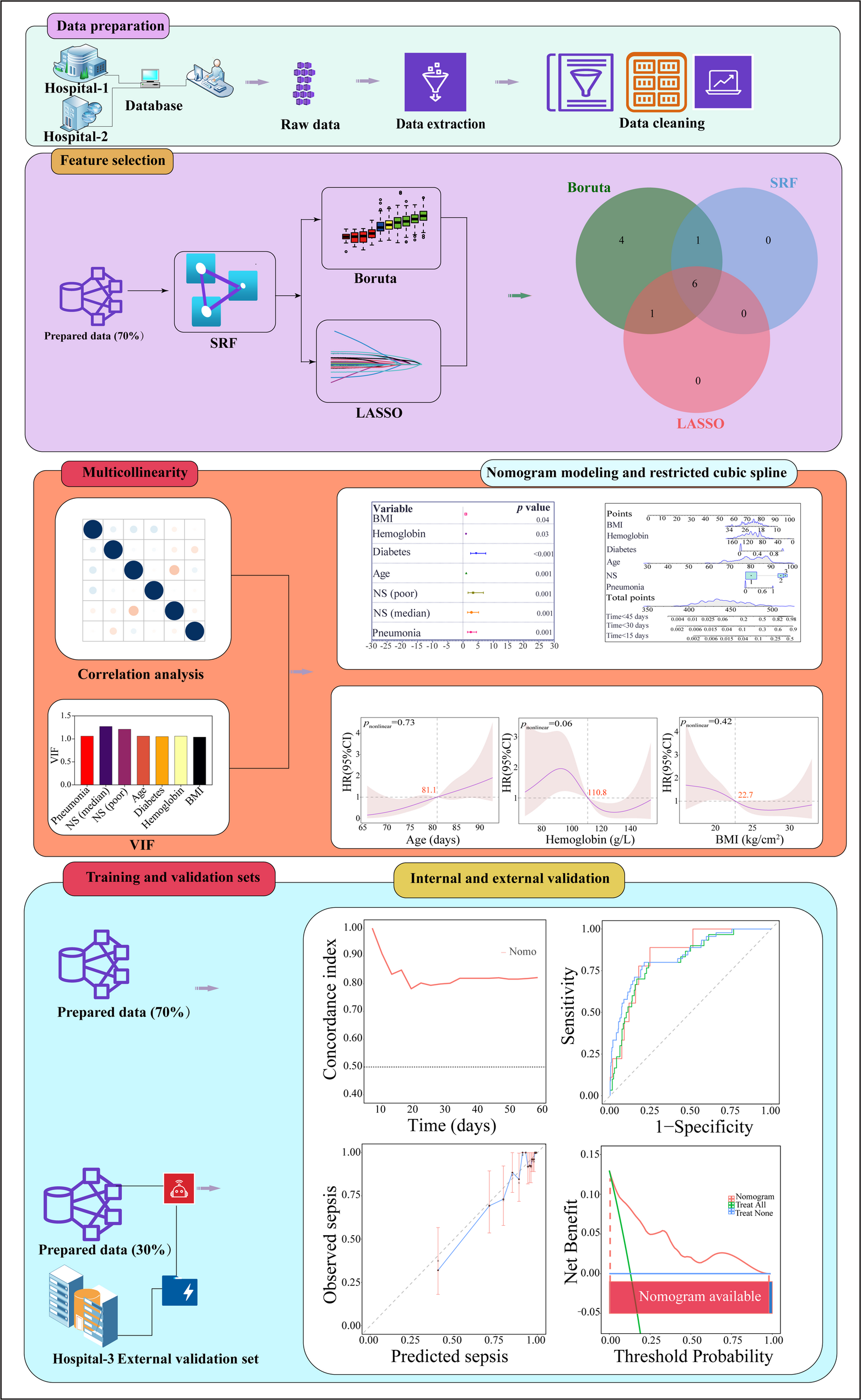


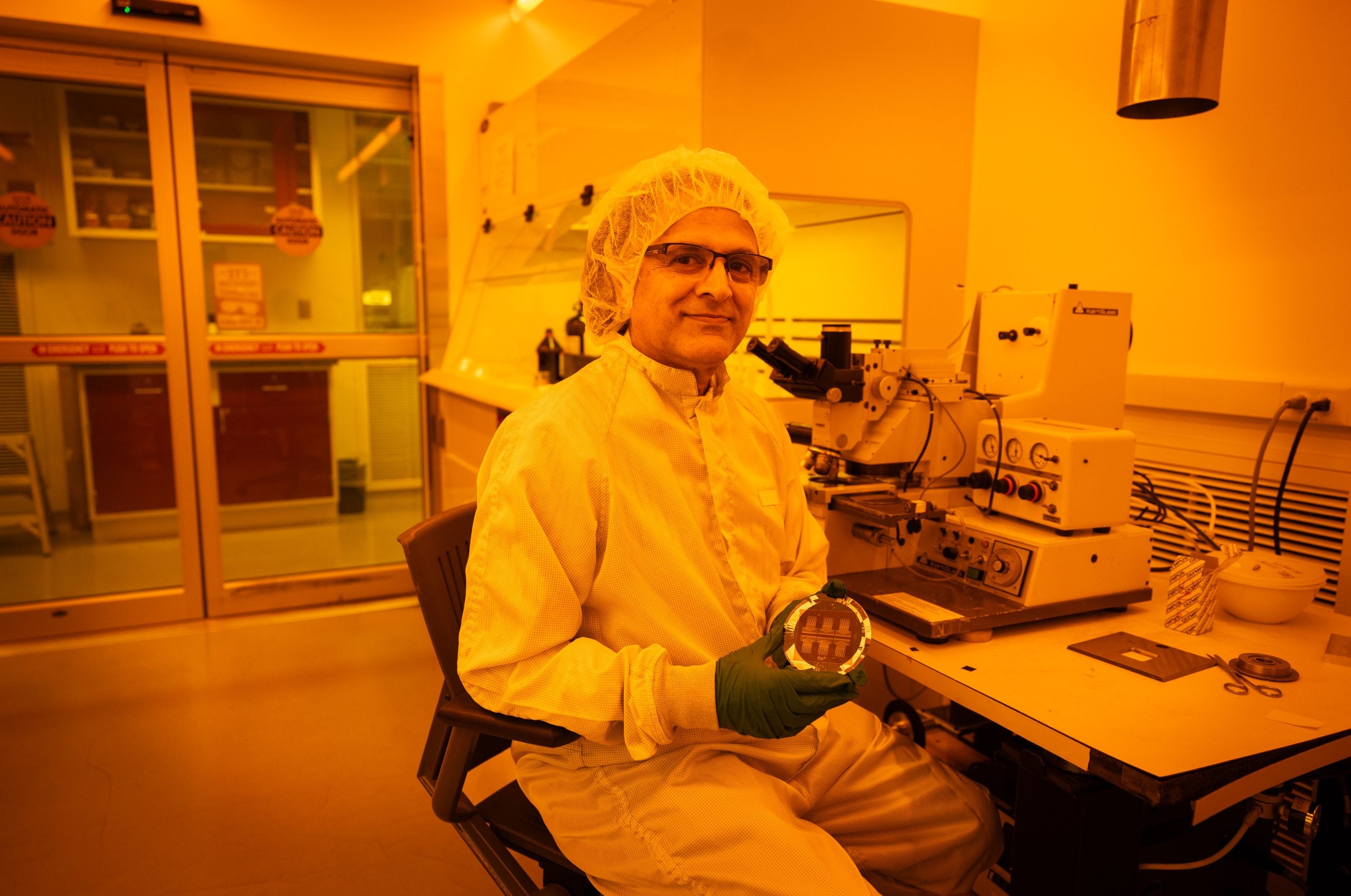
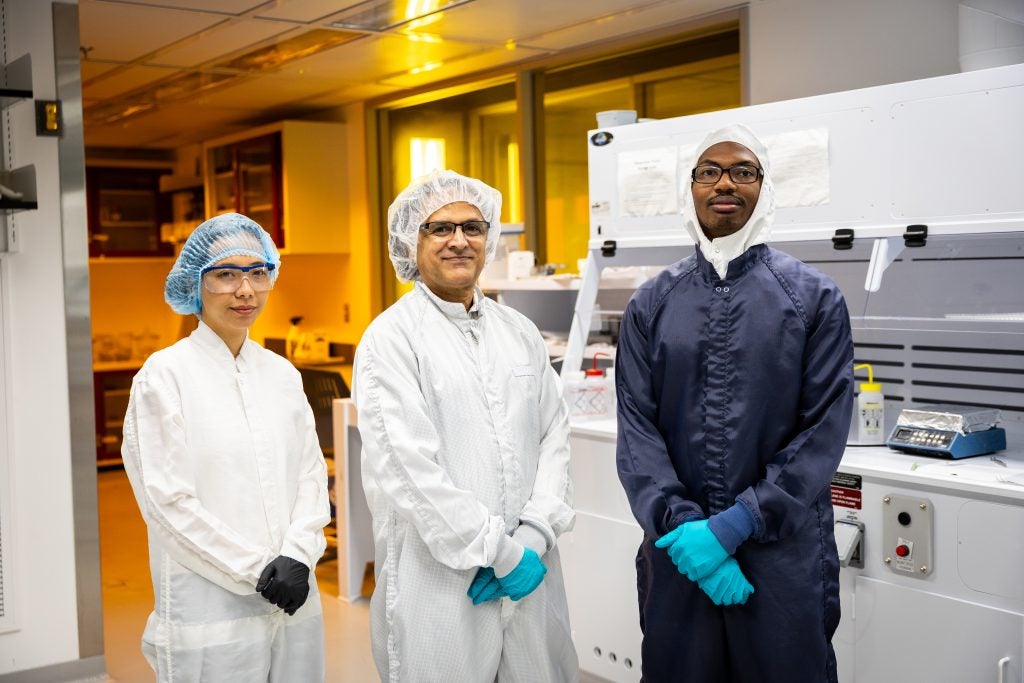
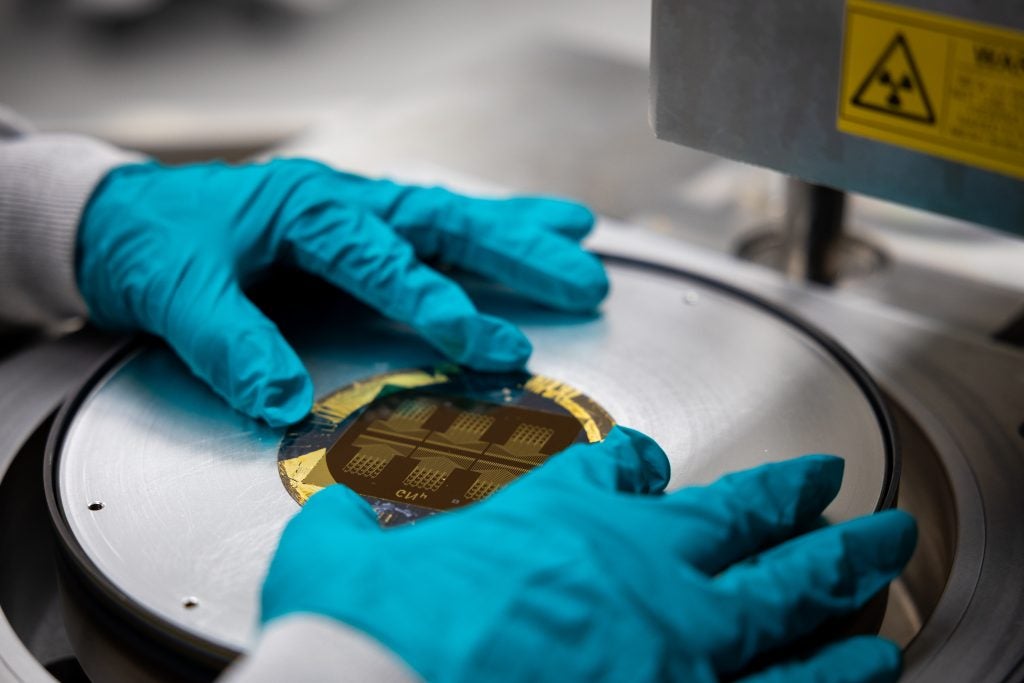
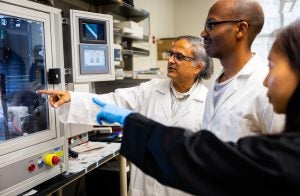 “Most of these patches require the drug in question to be tailored chemically to allow it to penetrate through intact skin. Ours does not,” he said. “We can use off-the-shelf drugs. We are creating tiny pores through the skin so the drug can easily enter and diffuse to the circulatory system.”
“Most of these patches require the drug in question to be tailored chemically to allow it to penetrate through intact skin. Ours does not,” he said. “We can use off-the-shelf drugs. We are creating tiny pores through the skin so the drug can easily enter and diffuse to the circulatory system.”